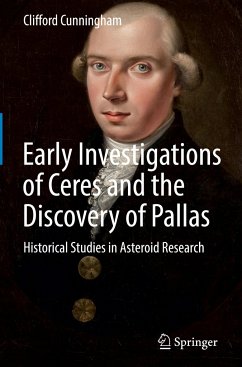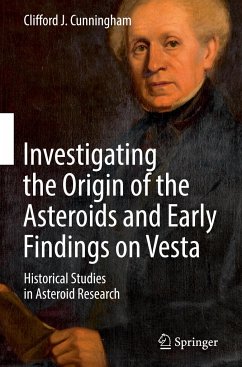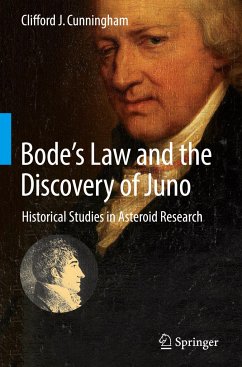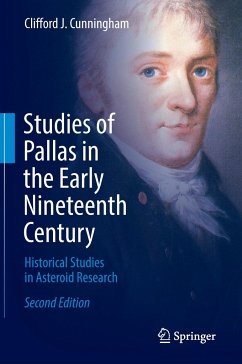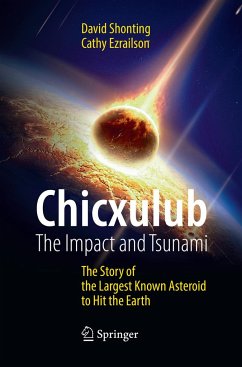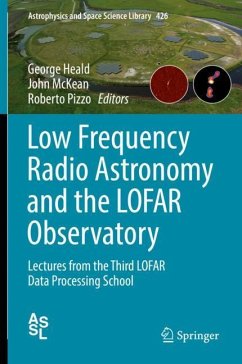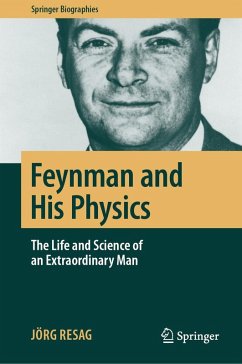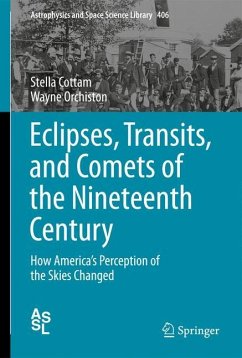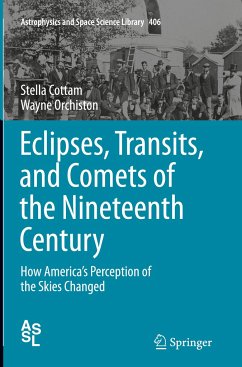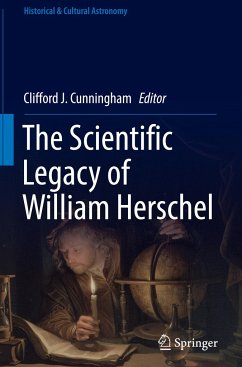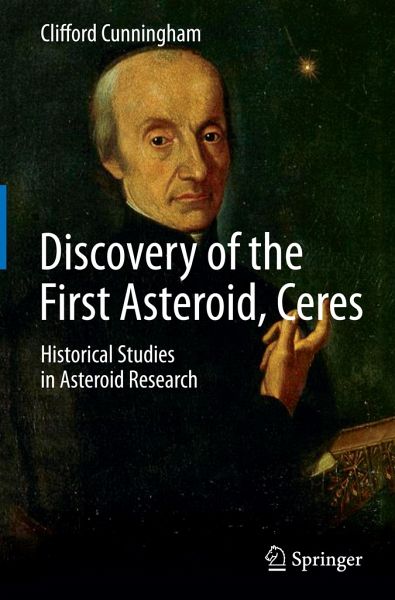
Discovery of the First Asteroid, Ceres
Historical Studies in Asteroid Research
Versandkostenfrei!
Versandfertig in 6-10 Tagen
76,99 €
inkl. MwSt.
Weitere Ausgaben:

PAYBACK Punkte
38 °P sammeln!
Based on extensive primary sources, many never previously translated into English, this is the definitive account of the origins of Ceres as it went from being classified as a new planet to reclassification as the first of a previously unknown group of celestial objects. Cunningham opens this critical moment of astronomical discovery to full modern analysis for the first time. This book includes all the voluminous correspondence, translated into English, between the astronomers of Europe about the startling discovery of Ceres by Piazzi in 1801. It covers the period up to March 1802, at which t...
Based on extensive primary sources, many never previously translated into English, this is the definitive account of the origins of Ceres as it went from being classified as a new planet to reclassification as the first of a previously unknown group of celestial objects. Cunningham opens this critical moment of astronomical discovery to full modern analysis for the first time. This book includes all the voluminous correspondence, translated into English, between the astronomers of Europe about the startling discovery of Ceres by Piazzi in 1801. It covers the period up to March 1802, at which time Pallas was discovered. Also included are Piazzi's two monographs about Ceres, and the sections of two books dealing with Ceres, one by Johann Bode, the other by Johann Schroeter. The origin of the word 'asteroid' is explained, along with several chapters on the antecedents of the story going back to ancient Greek times. The formulation of Bode's Law is given, as are the details on the efforts of Baron von Zach to organize a search for the supposed missing planet between Mars and Jupiter. Examples of verse created to commemorate the great discovery are included in this first volume. The author, who has a PhD in the History of Astronomy, is a dedicated scholar of the story of asteroids and his research on the discovery of Ceres is comprehensive and fully sourced. The discovery came at a time when rival astronomers were in hot competition with each other, and when the true nature of these celestial bodies was not yet known. With astronomers in France, Italy and beyond vying to understand and receive credit for the new class of astral bodies, drama was not in short supply--nor were scientific advances.



